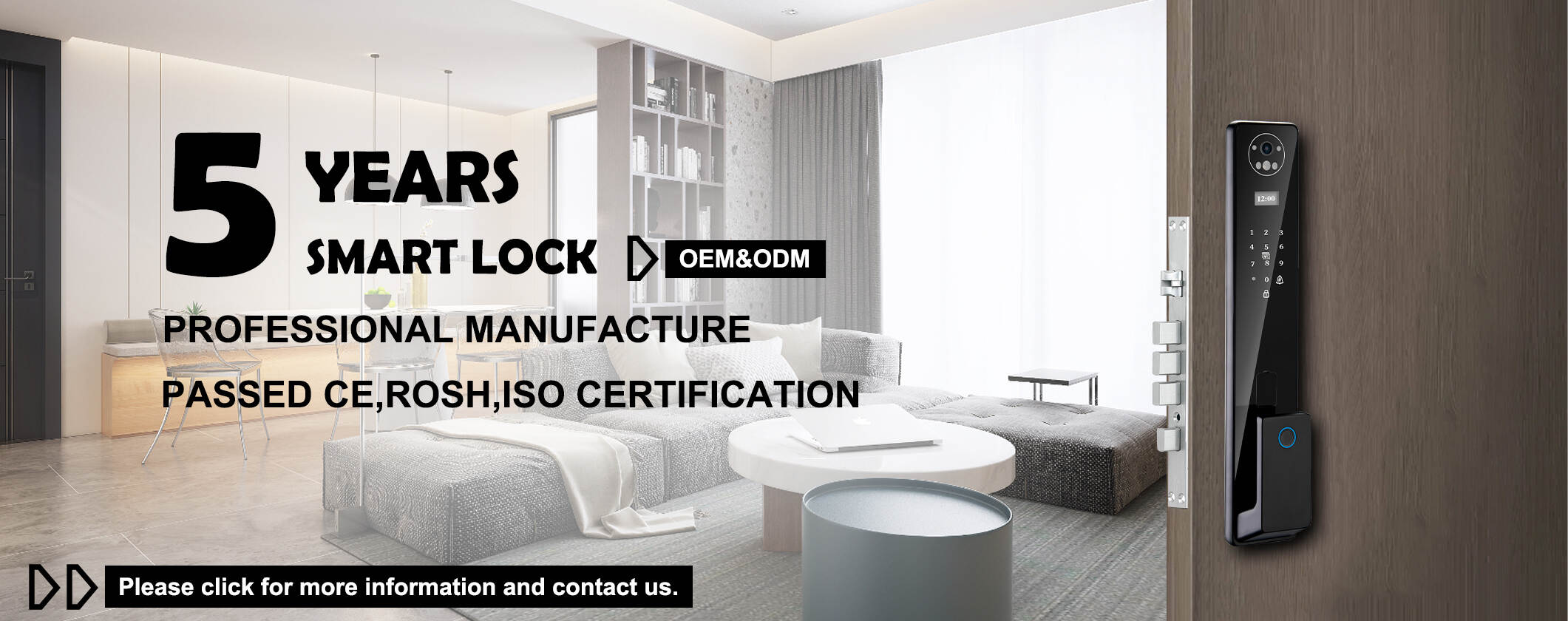Email cannot be empty
Password cannot be empty
Email format error
Email cannot be empty
Email already exists
6-20 characters(letters plus numbers only)
The password is inconsistent
Email format error
Email cannot be empty
Email does not exist
6-20 characters(letters plus numbers only)
The password is inconsistent


Protecting Privacy in the Age of Smart Locks

Introduction
In today’s digital era, technology has revolutionised the way we secure our homes and properties. One such innovation is the advent of smart locks, which offer convenience and enhanced security. However, as with any connected device, concerns about privacy arise. In this blog post, we will explore the privacy implications of smart locks and discuss measures to safeguard our personal information.
The Convenience of Smart Locks
Smart locks have gained popularity due to their convenience and ease of use. With features like remote access, keyless entry, and integration with smart home systems, they offer a seamless and modern approach to home security. However, the convenience they provide comes with the need to share personal data and information, raising concerns about privacy.
Data Collection and Sharing
To function effectively, smart locks collect and process various types of data, including user credentials, access logs, and even biometric information. This data is often stored in the cloud or on the lock’s internal memory. While this information is necessary for the lock to operate, it also poses potential risks if not handled properly.
Securing Data Transmission
One of the primary concerns with smart locks is the security of data transmission. As information is sent between the lock and the user’s smartphone or other devices, it is crucial to ensure that it is encrypted and protected from unauthorised access. Manufacturers must implement robust encryption protocols and regularly update their firmware to address any vulnerabilities.
Third-Party Access
Another aspect to consider is the involvement of third-party service providers. Many smart lock manufacturers collaborate with cloud service providers or mobile apps to offer additional features and functionalities. While these partnerships can enhance the user experience, it is essential to understand the privacy policies and data handling practises of these third parties. Users should carefully review the terms and conditions and be aware of what data is being shared and how it is being used.
User Authentication and Authorization
To protect privacy, smart locks should implement strong user authentication and authorization mechanisms. This includes secure password policies, two-factor authentication, and the ability to revoke access remotely. By ensuring that only authorised individuals can control the lock, the risk of unauthorised access or data breaches can be significantly reduced.
Regular Updates and Patches
Manufacturers must prioritise the release of regular updates and security patches for their smart lock systems. This helps address any identified vulnerabilities and ensures that the lock remains secure against emerging threats. Users should actively check for updates and install them promptly to maintain the highest level of security and privacy protection.
User Education and Awareness
Lastly, user education plays a vital role in protecting privacy when using smart locks. Users should be aware of the potential risks and take necessary precautions, such as using strong passwords, avoiding sharing sensitive information unnecessarily, and regularly reviewing access logs. By staying informed and vigilant, individuals can mitigate the privacy risks associated with smart locks.
Conclusion
Smart locks offer convenience and enhanced security, but it is crucial to address the privacy concerns associated with these devices. By implementing robust security measures, securing data transmission, and staying informed about privacy policies, users can enjoy the benefits of smart locks while safeguarding their personal information. As technology continues to evolve, it is essential for manufacturers, users, and regulatory bodies to work together to ensure privacy protection in the age of smart locks.

